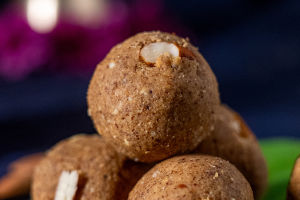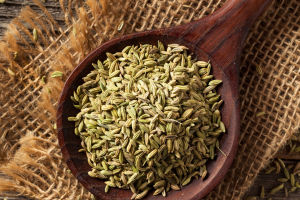Indian cooking is renowned for its bold flavors and rich aromatic spices. The use of various spices, often in complex combinations, creates the distinct taste profiles of Indian cuisine.
While the variety may seem overwhelming, understanding the basics can help simplify Indian cooking. Here's a guide to the most important spices that form the foundation of Indian dishes.
Using Indian Spices
Dry-roasting for Enhanced Flavor
Most spices, except a few like nutmeg, are dry-roasted to release their essential oils. This process enhances their flavor and aroma. Roasting spices before grinding ensures they develop a deeper taste, making them integral to the complex spice blends used in Indian cooking.
Grinding for Versatility
Spices are often ground into fine powders or blends for versatility. While a mortar and pestle can be used, a spice grinder or a powerful blender is recommended for tough spices like cassia bark, ensuring the mix is smooth and even.
Key Indian Spices
1. Cardamom
Two types of cardamom are widely used in Indian cuisine: green and black.
Green Cardamom: Light and sweet with eucalyptus notes, it is used in spice mixes, desserts, and beverages. The seeds are often lightly crushed for enhanced aroma in desserts.
Black Cardamom: Smoky and intense, it is typically used sparingly in savory dishes, with only the seeds included or the pod removed before serving.
Essential Spices for Indian cooking । Learn Indian Cooking
Video by Beauty's Kitchen
2. Clove
Dear Lykkers, clove’s strong anise-like flavor adds warmth to Indian dishes. It is often dry-roasted and used whole or ground. Due to its potency, it should be used cautiously to avoid overpowering delicate spices.
3. Cassia Bark
Known as Chinese cinnamon, cassia bark is a milder and more affordable alternative to true cinnamon. Its rough texture makes it easy to identify, and it is often used whole or ground in spice blends. Cassia adds depth to curries and stews.
4. Black Pepper
Native to India, black pepper offers a sharp and robust flavor. Toasting enhances its taste, and freshly ground pepper is often added directly to dishes for maximum impact.
5. Cumin
Cumin seeds are characterized by their smoky aroma and ridged appearance. They are dry-roasted to release their oils and used in both whole and ground forms. Care must be taken not to burn cumin during roasting.
6. Coriander
Coriander seeds are golden-yellow and citrusy, serving as a base for many spice blends. They are dry-roasted until aromatic and lightly golden, then ground for use in curries and gravies.
7. Nutmeg and Mace
Nutmeg and its outer covering, mace, are warm and aromatic spices. Nutmeg is grated fresh for optimal flavor, while mace, dried to a golden-orange hue, is used in curries and rice dishes.
8. Mustard Seeds
Available in yellow, black, or brown varieties, mustard seeds release their nutty flavor when cooked in oil. They are often used to temper curries, adding a distinctive smoky note.
9. Fenugreek
Fenugreek seeds and dried leaves (kasuri methi) are essential in Indian cooking. They impart an earthy and slightly bitter taste to dishes like butter chicken and dal. Use sparingly to avoid overpowering the dish.
10. Turmeric
Turmeric, with its vibrant yellow color and earthy aroma, is used fresh or dried. It is known for its health benefits and adds a warm, subtle bitterness to curries and rice dishes.
11. Saffron
The world’s most expensive spice, saffron, is prized for its delicate floral and honey notes. Often dissolved in warm milk or water, it adds a luxurious aroma and golden hue to biryanis and desserts.
Understanding and mastering these spices is the first step toward creating authentic Indian dishes. The key is to roast and grind them carefully, ensuring their flavors shine through. With this knowledge, Indian cooking becomes less intimidating and more enjoyable.


